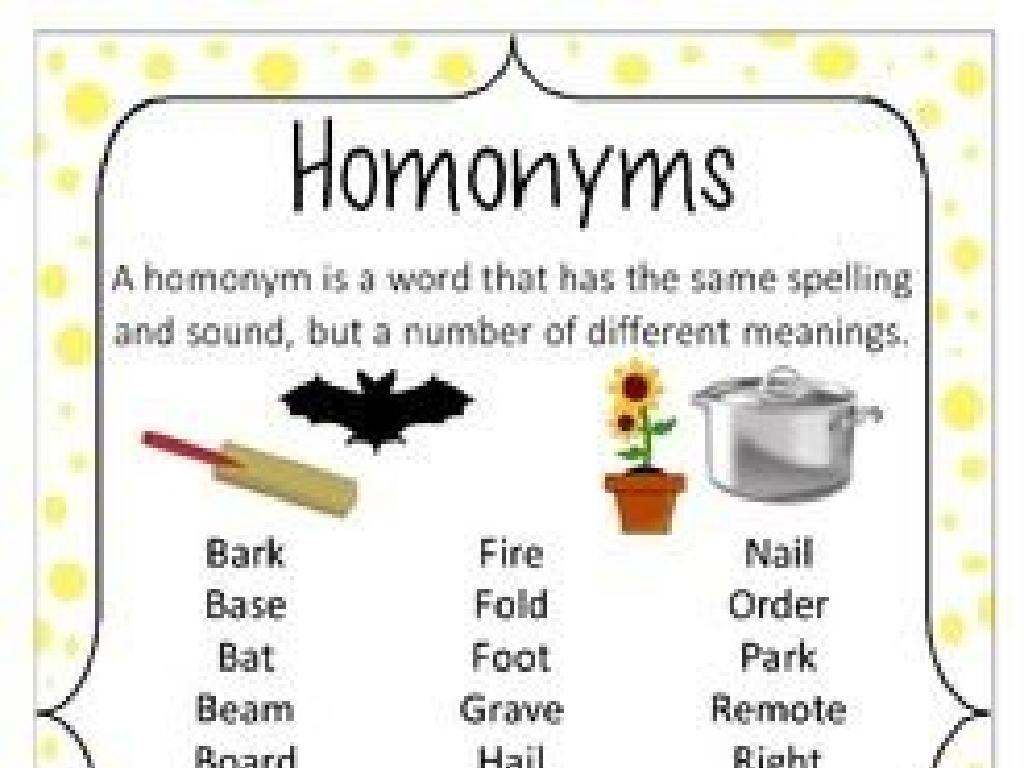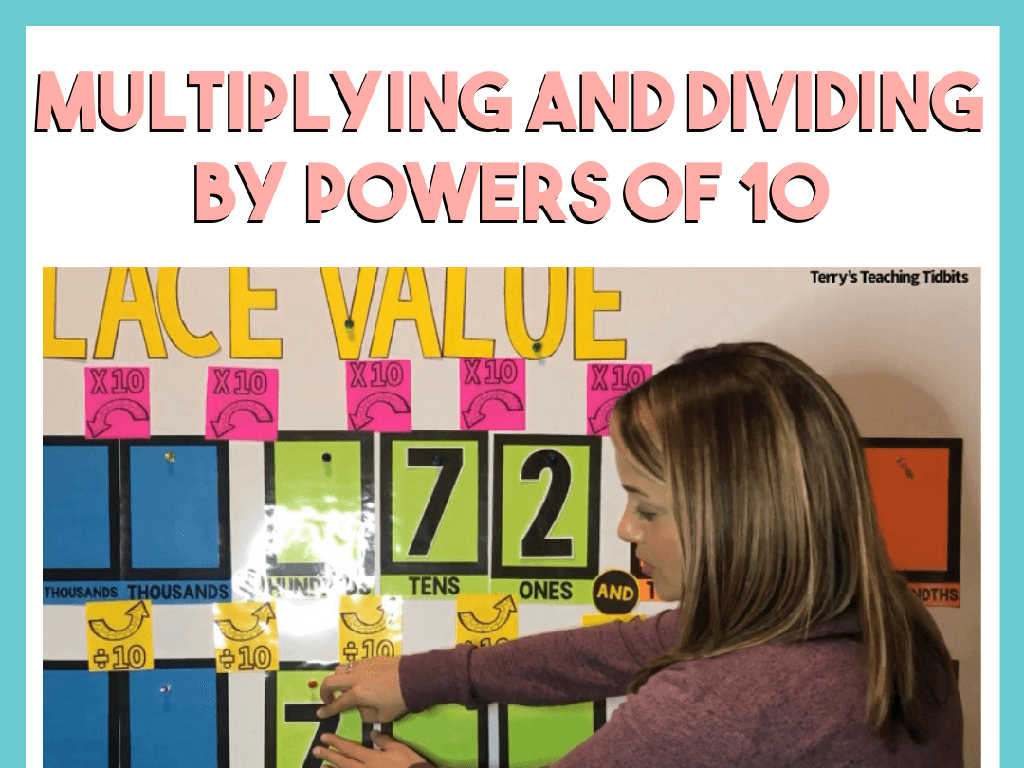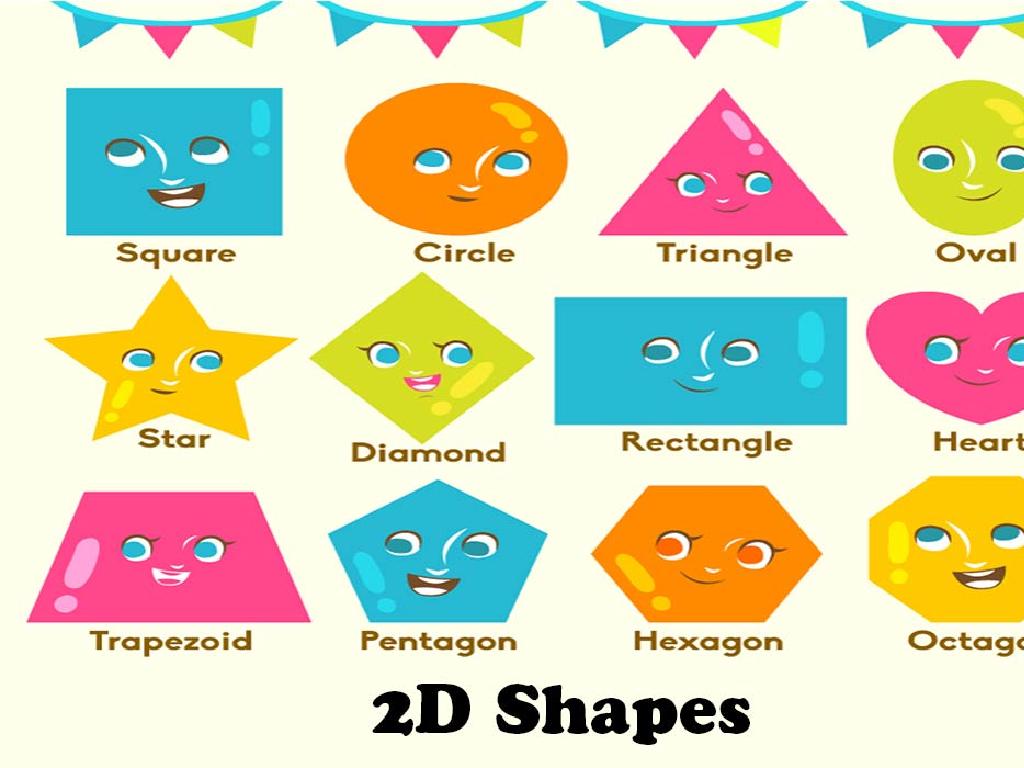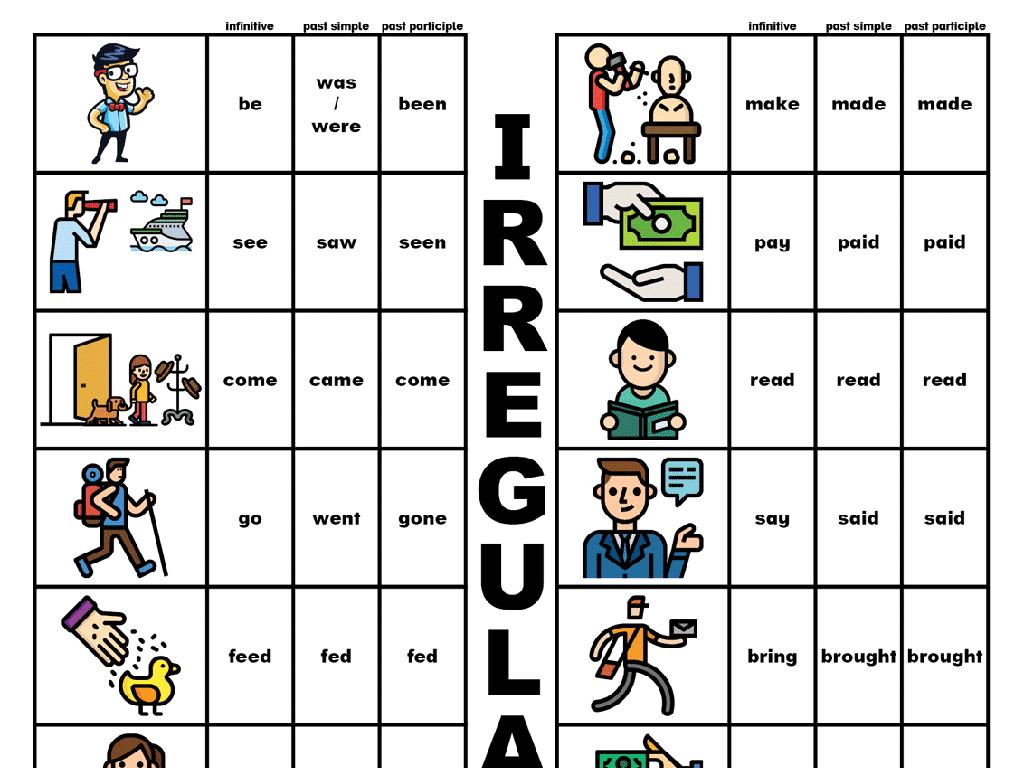Place Value Names
Subject: Math
Grade: Fourth grade
Topic: Place Value
Please LOG IN to download the presentation. Access is available to registered users only.
View More Content
Welcome to Place Values!
– Grasping place value significance
– Place value determines a digit’s value.
– Why place value matters
– It’s key for addition, subtraction, and beyond.
– Today’s goal: Master place names
– Learn ones, tens, hundreds, and so on.
– Practice with examples
– Use examples like 123 to show different places.
|
This slide introduces the concept of place value, which is fundamental to understanding numbers in math. Place value helps us determine the value of a digit based on its position. It’s crucial for performing arithmetic operations and understanding the number system. Today’s objective is for students to learn and recognize place value names such as ones, tens, hundreds, etc. Provide clear examples, such as breaking down the number 123 into 1 hundred, 2 tens, and 3 ones, to illustrate the concept. Encourage students to think of numbers in terms of place value and to practice with various numbers to solidify their understanding.
Understanding Place Value
– Place value in numbers
– The position of a digit determines its value.
– Each place is 10 times the right
– Moving left, each place is 10x the previous one.
– Examples: Ones, Tens, Hundreds
– 1 in 321 is ‘One’, 2 is ‘Twenty’, 3 is ‘Three Hundred’.
|
This slide introduces the concept of place value, which is fundamental to understanding numbers in math. Place value indicates the value of a digit based on its position within a number. Each step to the left increases the value of the digit by a factor of ten. Use examples to show that the rightmost digit is in the ‘Ones’ place, the next digit to the left is in the ‘Tens’ place, and so on. Emphasize that understanding place value helps in all areas of math, including addition, subtraction, and beyond. Encourage students to practice by breaking down numbers into their individual place values.
Understanding Place Values
– Break down the number 3,482
– ‘Thousands’ place: 3
– 3 means 3 thousands, or 3,000
– ‘Hundreds’ place: 4
– 4 means 4 hundreds, or 400
– ‘Tens’ place: 8
– 8 means 8 tens, or 80
– ‘Ones’ place: 2
– 2 means 2 ones, or 2
|
This slide is aimed at helping fourth-grade students identify and understand the place value of each digit in a multi-digit number. Using the number 3,482 as an example, we explain that the digit 3 is in the thousands place, which means it represents 3,000. Similarly, the digit 4 is in the hundreds place, representing 400; the digit 8 is in the tens place, representing 80; and the digit 2 is in the ones place, representing 2. It’s crucial to emphasize that the value of a digit is determined by its position in the number. Encourage students to practice with different numbers to solidify their understanding of place values.
Exploring Place Value Names
– Understanding Ones, Tens, Hundreds
– Thousands and beyond in place value
– Each place value is 10 times the previous
– For example, 10 Ones make a Ten, 10 Tens make a Hundred
– Class Activity: Identifying Place Values
– What is the place value of 10 Tens?
|
This slide introduces students to the concept of place value names in mathematics. It’s crucial for students to grasp that each place value represents a group of 10 of the one before it. This foundational understanding will help them with larger numbers as they progress. For the class activity, ask students to determine the place value name for 10 Tens. Possible activities include using place value charts, manipulatives like blocks or beads to represent different place values, or drawing representations. Encourage students to explain their reasoning to the class to reinforce their understanding.
Understanding Place Values with Blocks
– Visualize numbers using blocks
– Place value blocks make large numbers easier to understand
– Each block represents a place value
– Units, tens, hundreds, thousands blocks
– Activity: Build the number 1,234
– Use blocks to create 1,234 showing each place value
|
This slide introduces the concept of place values in a tangible way by using place value blocks. Each block type corresponds to a different place value, which helps students visualize and comprehend the size and significance of each digit in a larger number. For the activity, provide students with a set of blocks representing units (1s), tens (10s), hundreds (100s), and thousands (1000s). Guide them to build the number 1,234 by selecting the appropriate number of each block type. This hands-on activity reinforces their understanding of place value and how each digit in a number has a different value depending on its position. Encourage students to explain their thought process as they build the number to ensure comprehension.
Understanding Expanded Form
– Expanded form breakdown
– Shows value of each digit in a number
– Example: 1,234
– 1,234 = 1000 + 200 + 30 + 4
– Your turn: 5,678
– Write 5,678 as an addition of each digit’s value
|
The expanded form is a way to write numbers by showing the value of each digit. It helps students understand that the digit 2 in 1,234 is not just 2 but 200 because of its place in the number. Start with the example 1,234, breaking it down into 1000 + 200 + 30 + 4 to show the value of each digit. Then, ask the students to apply this concept by writing the number 5,678 in expanded form. This exercise reinforces their understanding of place value and the value of digits depending on their position. Encourage students to check their work by adding the expanded numbers to see if they get the original number.
Comparing Numbers Using Place Values
– Understand place value comparison
– Compare: 3,000 vs 300
– 3,000 has more ‘zeros’, but it’s really about the place of ‘3’
– Pair up for practice
– Work with a classmate to compare numbers
– Discuss comparison findings
– Share what you learned about numbers
|
This slide is aimed at helping students understand the concept of comparing numbers through their place values. Start by explaining that the value of a digit is determined by its position in the number. For example, in 3,000 the ‘3’ is in the thousands place, making it much larger than 300, where ‘3’ is in the hundreds place. Have students pair up and practice comparing a set of numbers to reinforce the concept. After the activity, bring the class together to discuss their findings, emphasizing how place value affects the size of the number. This will help solidify their understanding of place value and its role in comparing numbers.
Class Activity: Place Value Bingo!
– Let’s play ‘Place Value Bingo’!
– Match numbers to place values
– Find the right column for ones, tens, hundreds
– Get five in a row to win
– Have fun learning place values
– Reinforces understanding of number positions
|
This interactive game is designed to help students recognize and understand place values in a fun and engaging way. Prepare bingo cards with a variety of numbers in different place value columns. During the game, call out a number and a specific place value (e.g., ’52 in the tens place’). Students will then cover the number on their card that matches the called-out place value. The first student to cover five numbers in a row (horizontally, vertically, or diagonally) and shout ‘Bingo!’ wins. Possible variations of the game could include using different place values, such as thousands or ten-thousands, to match the current learning level of the students. This activity not only reinforces the concept of place value but also encourages attention to detail and critical thinking.
Wrapping Up Place Values
– Congratulations on learning place values!
– Homework: Place value worksheet
– Complete the provided worksheet to reinforce today’s lesson
– Practice is key to mastery
– The more you practice, the better you’ll understand place values
– Bring any questions to next class
|
This slide concludes the lesson on place values and transitions students to their homework assignment. The worksheet is designed to reinforce the concepts learned in class, such as identifying, comparing, and ordering numbers based on place value. Remind students that consistent practice is crucial for mastering mathematical concepts. Encourage them to attempt the worksheet independently but also to bring up any questions or difficulties they encounter in the next class. This will help you gauge their understanding and provide additional support where needed.






